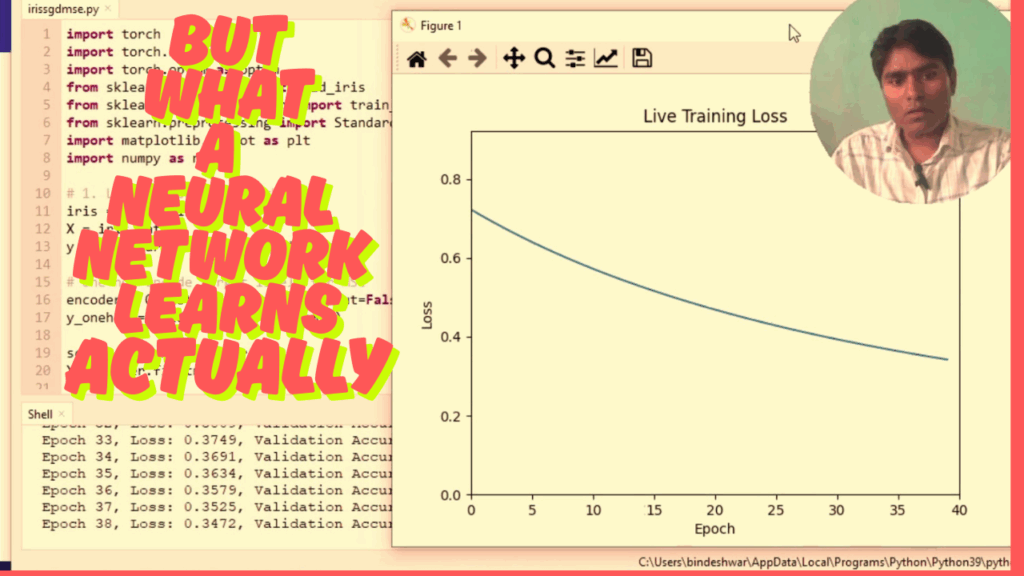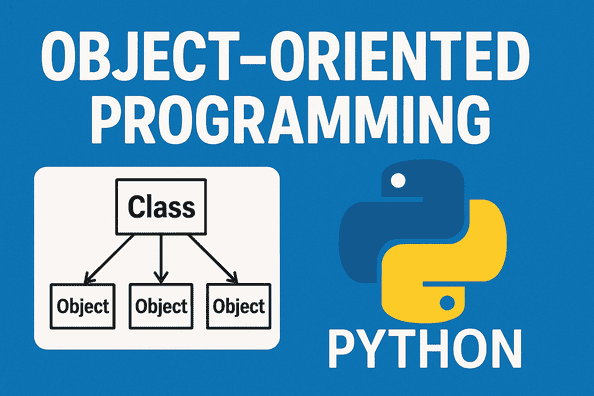Moment Generating Function of Binomial Distribution
Moment Generating Function of Binomial Distribution Author: Bindeshwar Singh Kushwaha Institute: PostNetwork Academy Definition of Moment Generating Function The moment generating function (m.g.f.) of a random variable \( X \) is defined as: \[ M_X(t) = E(e^{tX}) \] For a continuous random variable: \[ M_X(t) = \int_{-\infty}^{\infty} e^{tx} f(x) \, dx \] For a discrete […]
Moment Generating Function of Binomial Distribution Read More »

